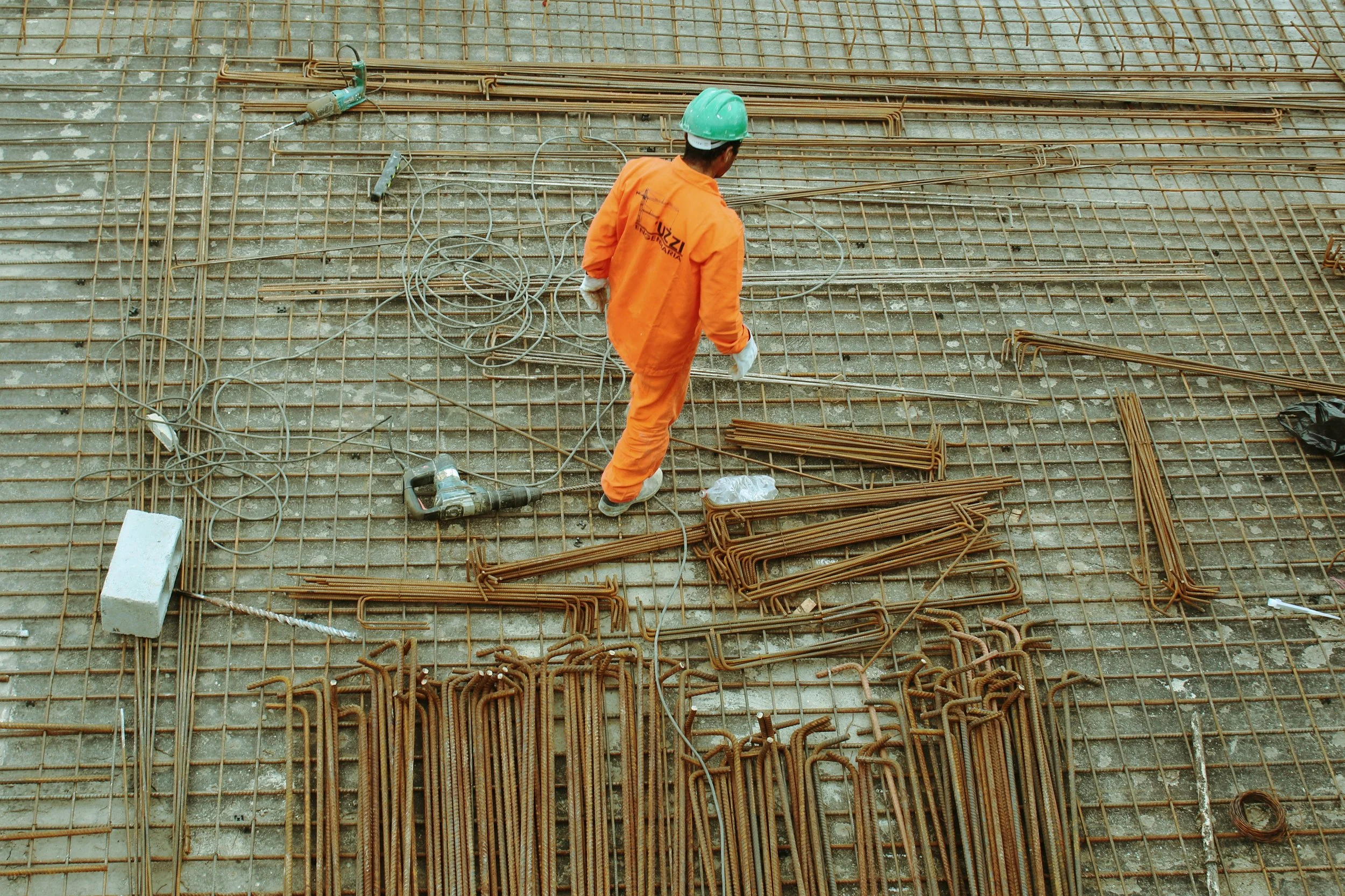ECOSCITEC INNOVATIONS
SUSTAINABILITY
Concrete, often underestimated in its significance, ranks second only to water as the most utilised substance on our planet. However, its widespread use comes at a substantial environmental cost. Approximately 8% of global carbon dioxide emissions stem from the manufacturing of cement, the primary binding agent in concrete production.
UTILISING THE WORLD’S WASTE AND BY PRODUCTS TO CREATE THE TECHNOLOGY REQUIRED TO SUPPORT THE REDUCTION OF EMISSIONS AND ACHIEVING GLOBAL TARGETS.
4.3 BILLION TONNES
ANNUAL PRODUCTION OF CEMENT WORLDWIDE.
32 BILLION TONNES
ANNUAL PRODUCTION OF CONCRETE WORLDWIDE.
2.6 BILLION TONNES CO2
ANNUAL CO2 EMISSIONS RESULTING FROM CEMENT PRODUCTION.
5.2 BILLION TONNES CO2
ANNUAL CO2 EMISSIONS RESULTING FROM CONCRETE PRODUCTION, INCLUDING CEMENT AS A COMPONENT.
TOTAL CONCRETE PRODUCED
32 BILLION TONNES
MAJOR CONTRIBUTOR DUE TO EXTENSIVE USE AND CO2-INTENSIVE PRODUCTION.
TOTAL STEEL PRODUCED
1.8 BILLION TONNES
SIGNIFICANT EMISSIONS FROM ENERGY-INTENSIVE PRODUCTION PROCESSES.
TOTAL ALUMINA PRODUCED
65 MILLION TONNES
NOTABLE EMISSIONS DUE TO ENERGY-INTENSIVE PRODUCTION.
TOTAL PLASTIC PRODUCED
370 MILLION TONNES
SIGNIFICANT EMISSIONS FROM PRODUCTION AND WASTE MANAGEMENT.
REVOLUTIONISING CEMENT PRODUCTION
Traditional cement production involves the superheating of limestone (CaCO3), typically achieved through the burning of coal. This intense heat causes the limestone's chemical bonds to fracture, leading to the formation of cement, colloquially known as the "powdered glue" of construction. Astonishingly, the process of cracking limestone generates nearly double the carbon dioxide emissions compared to burning coal alone.
Addressing this environmental challenge is paramount. Even if alternative, cleaner fuels were utilised for heating limestone (an endeavour fraught with significant challenges), the fundamental process of Ordinary Portland Cement (OPC) manufacturing would still yield substantial carbon dioxide emissions. Presently, the production of OPC results in up to an alarming one ton of CO2 emissions for every ton of cement produced.
SUSTAINABLE CEMENT INITIATIVE
Our commitment to sustainability drives us to innovate and redefine industry norms. Through pioneering technologies and sustainable practices, we aim not only to reduce but to eliminate the carbon footprint of cement production. Join us on this exhilarating journey toward a more sustainable future, where our buildings stand as testaments not only to human ingenuity but also to our unwavering dedication to environmental stewardship.




